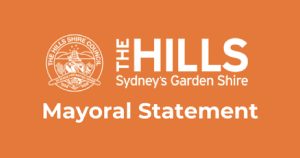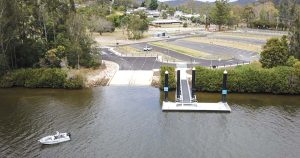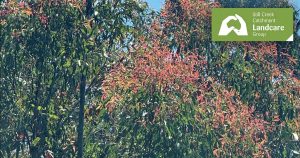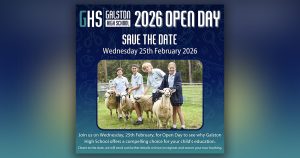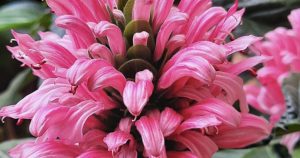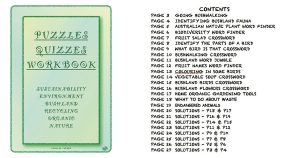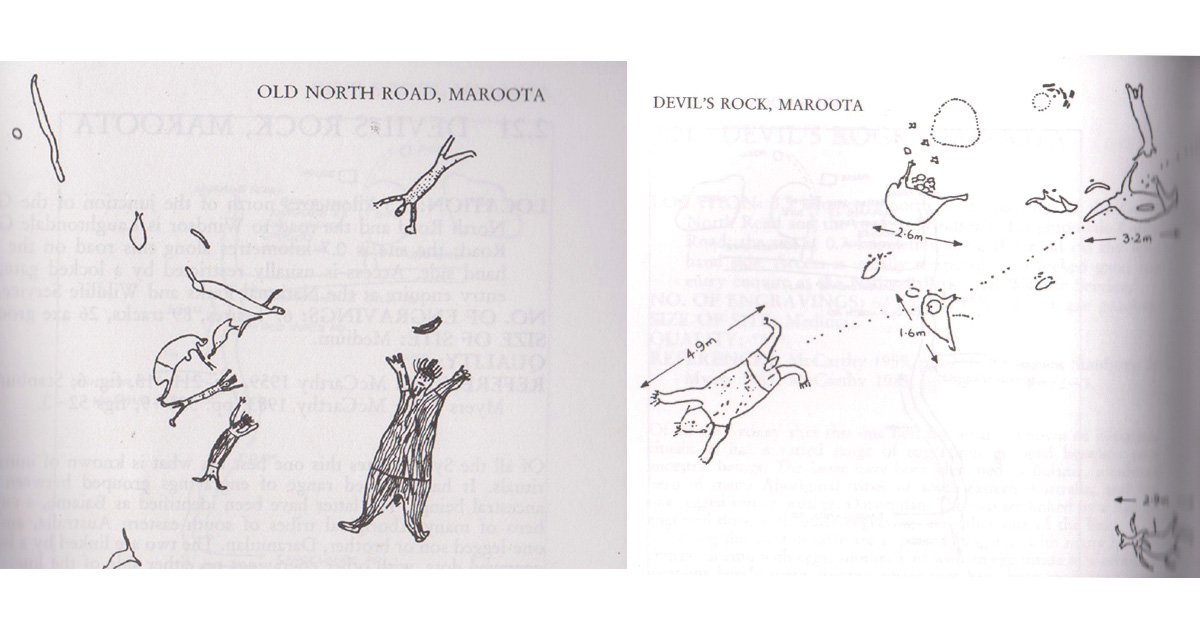
By Karlene Brummer
Hidden (sometimes in plain sight) across our beautiful suburbs are scores of ancient indigenous rock carvings. Many have been mapped across the years, and an informative book by Peter Stanbury and John Clegg: A Field Guide to Aboriginal Rock Engravings (first published by Oxford University press in 1990) contains a fabulous record of engravings found right throughout Sydney.
While most of the engravings are on rocks in their original bushland landscape, some are situated incongruously amongst very urban settings, including one of a large fish on what is now the floor of a garage in Point Piper, albeit covered with floor boards to protect the integrity of the item. Another figural carving survives in the front yard of a dwelling in Beacon Hill.
Because our area has mostly avoided the scourge of urban sprawl and overdevelopment, we have a bountiful amount of bushland largely untouched and so the engravings in the surrounding topography have escaped imminent destruction or compromise.
Two of the best sites located in Maroota and Canoelands are quite awe inspiring in both their scale and atmosphere. Seeing them for the first time (in the presence of two Aboriginal friends) was something of a near spiritual experience as we wandered silently amongst the rock faces.
Some of the carvings were obviously quite weathered and hard to see, so the pouring of some water on the images brought the details to life. Others were clearly identifiable in both form and image.
The sites of the engravings chosen by the Aboriginal artists were often on hill tops surrounded by panoramic views, or secret places of important environmental character and either had a spiritual or informative component to them. For example, there are several carvings of fish along the sides of waterways at Berowra potentially indicating good fishing spots at those locations.
The Maroota site has a large figure of Baiame the ancient Sky God and creator of the world as believed by the indigenous peoples. From this elevated position you can get a good perspective of the surrounding mountains of which he is said to have created. Other engravings are of two smaller figures, a goanna and two (possibly) koalas.
The nearby engravings at Canoelands also include Baiame, a large and easily identifiable Emu sitting on a clutch of eggs, and several smaller kangaroos or wallabies. These two sites may have been either initiation sites or had significant spiritual meaning. Without knowledge of the significance of these sites being passed down, it is impossible to determine.
With so much of our early history being swallowed up by progress and modernity, it is imperative that we do not forget to honour and respect the lives and legacies of those who came before us.
Over time these rock engravings will weather and erode even further until one day they may no longer be visible at all, so it is wonderful that A Field Guide to Aboriginal Rock Engravings has been written to document and record these historical markings for future generations to see, and perhaps one day unlock the key as to exactly what message the depictions were meant to convey.
With thanks to Judy Van Middeldyk for reference material.


